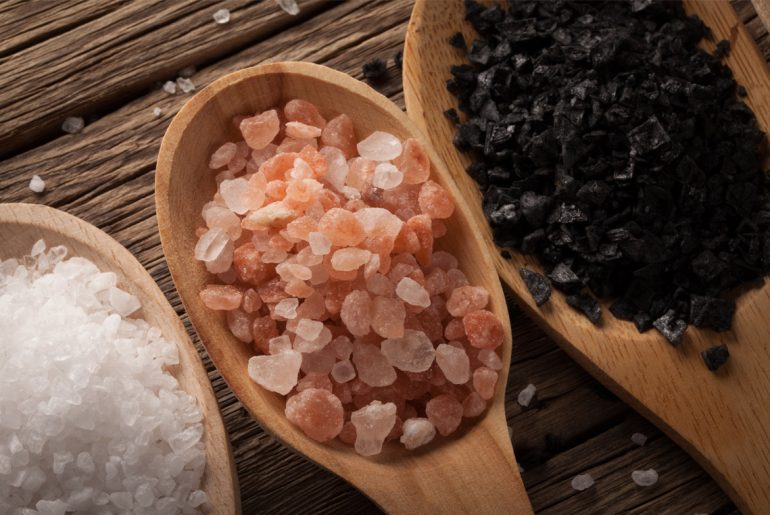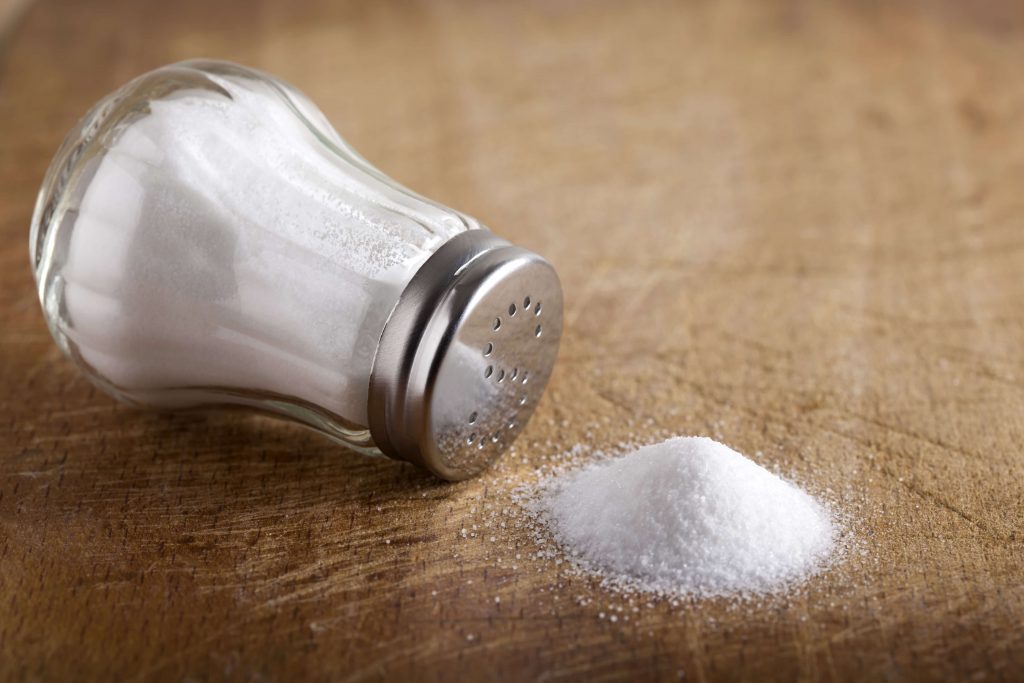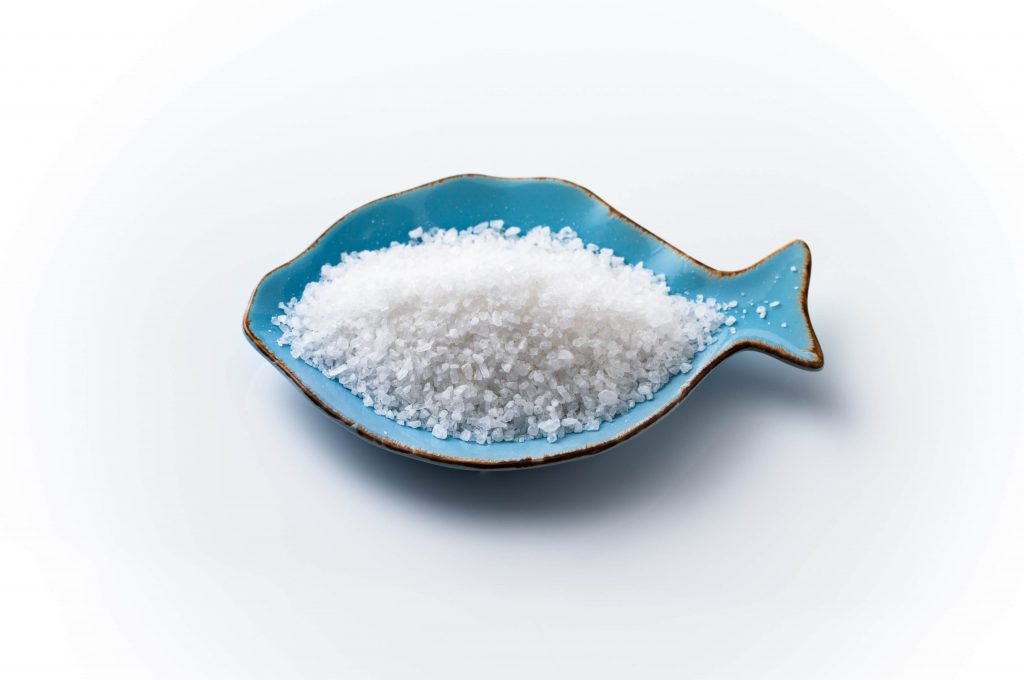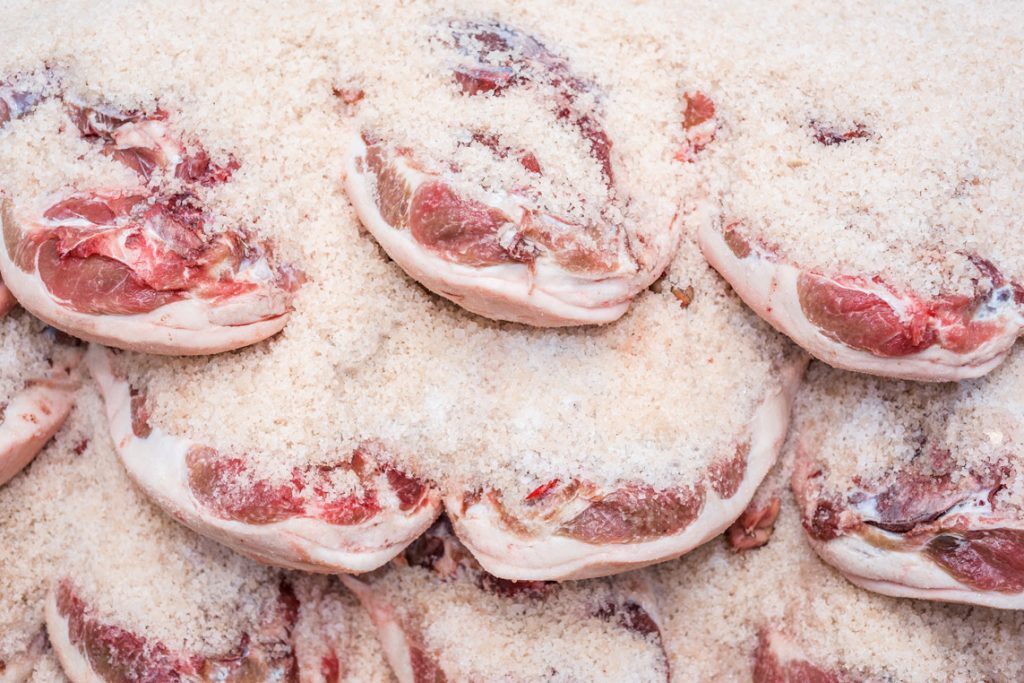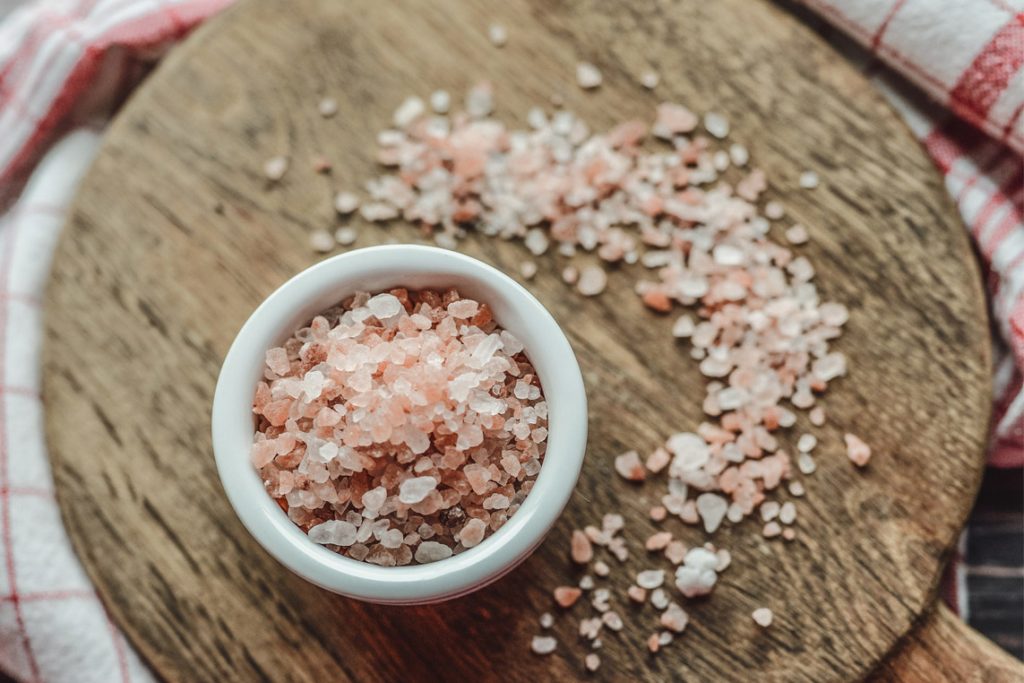Salt has been a culinary commodity throughout history, and for a good reason. Is there any ingredient in the world that seasons our vastly different diets more universally than a sprinkling of salt?
In the times before refrigeration, salt meant that we could preserve foods for a long winter or have sustenance when we went went exploring distant corners of the globe. Egyptians used salt as part of religious offerings and it became a valuable trade item in the ancient world between the Phoenicians and their Mediterranean empire. The earliest record of salt was by the Chinese back around 2700 B.C., but salt was used long before the beginning of recorded history.
Despite its long history with humans, it wasn’t until recently that ordinary people started to give the types of salt a second thought. Today, we have seemingly endless options of salt, each lending its own characteristics to a dish. With so many salts out there, how do you know which one to choose?
Well, they all have a different use that can help take your cooking to the next level.
Let’s take a look at the main types of salt you should have in your kitchen and how to use them:
IODIZED salt
Iodized salt, or table salt, needs no introduction. It is the most common salt, and one you probably reach for every day thanks to its ability to easily dissolve — and also the fact that you keep a shaker of it nearby. It’s harvested from salt deposits underground before its refined and finely ground. Impurities and trace minerals are removed, then it is treated with an anti-caking agent so it doesn’t clump during shipping or at your dinner table. Table salt contains iodine, which helps prevent an iodine deficiency that causes disease in much of the world. Table salt is usually always preferred in baked goods and breads because it dissolves the easiest.
Kosher salt
Kosher salt is lighter and coarser than table salt. Its larger crystals make it great for sprinkling on top of a finished dish, like steak, where it can release a burst of flavor. It also adheres well to foods, making it great for spice rubs and blends. Be advised that if you’re substituting kosher salt for table salt, you should use twice as much as the recipe calls for. Kosher salt has half the salinity by volume as table salt, so you can’t substitute even amounts. Professional kitchens use kosher salt because it makes over-salting more unlikely.
Sea salt
Sea salt is made by — you guessed it — evaporating sea water. Sea salt varieties are often labeled where they were harvested because different areas of the world impart different flavors thanks to the common elements found in the region. Sea salt can come in many shapes, sizes, and colors — it just depends on how it was produced. Because of these variances, sea salt is unreliable to use in a recipe, so it’s best enjoyed as a garnish or condiment to finish a dish.
Brining and pickling salts
Salt is a key component in cures for drying a preserving meats. It’s also necessary for making brines for pickling vegetables and other items. While any salt has preservation properties, brining and curing salts have a particularly strong ability to draw water out of foods. Brining salts usually have a bit of sugar mixed in to impart extra flavor on whatever foods are immersed. Curing salts have a bit of sodium nitrate mixed in, which helps combat microbes that can cause botulism.
Specialty salts
These days, specialty salts can include a lot of different tastes and textures. There are tons of smoked salts and specialty flavored salts. From Pink Himalayan salt (harvested from the mineral-rich Himalayan Mountains in Pakistan) to Black Hawaiian salt (which gets its coloring from black lava in the soil where it comes from), these salts lack universal application — in other words, it’s nearly impossible to use them in recipes and expect a repeat outcome. They can also be quite costly too, so choose your applications wisely.
Because we eat with our eyes, they can add a worth-it “wow factor.” Trying cooking your steak on top of a Himalayan salt block, or rimming your margarita glass with pink salt. Sprinkle Black Hawaiian over your seafood for a visually appealing presentation.
Also try, Americans are salty with their snacking habits.
Shop crock pots, small kitchen appliances and fun gadgets at EverybodyShops.com.

